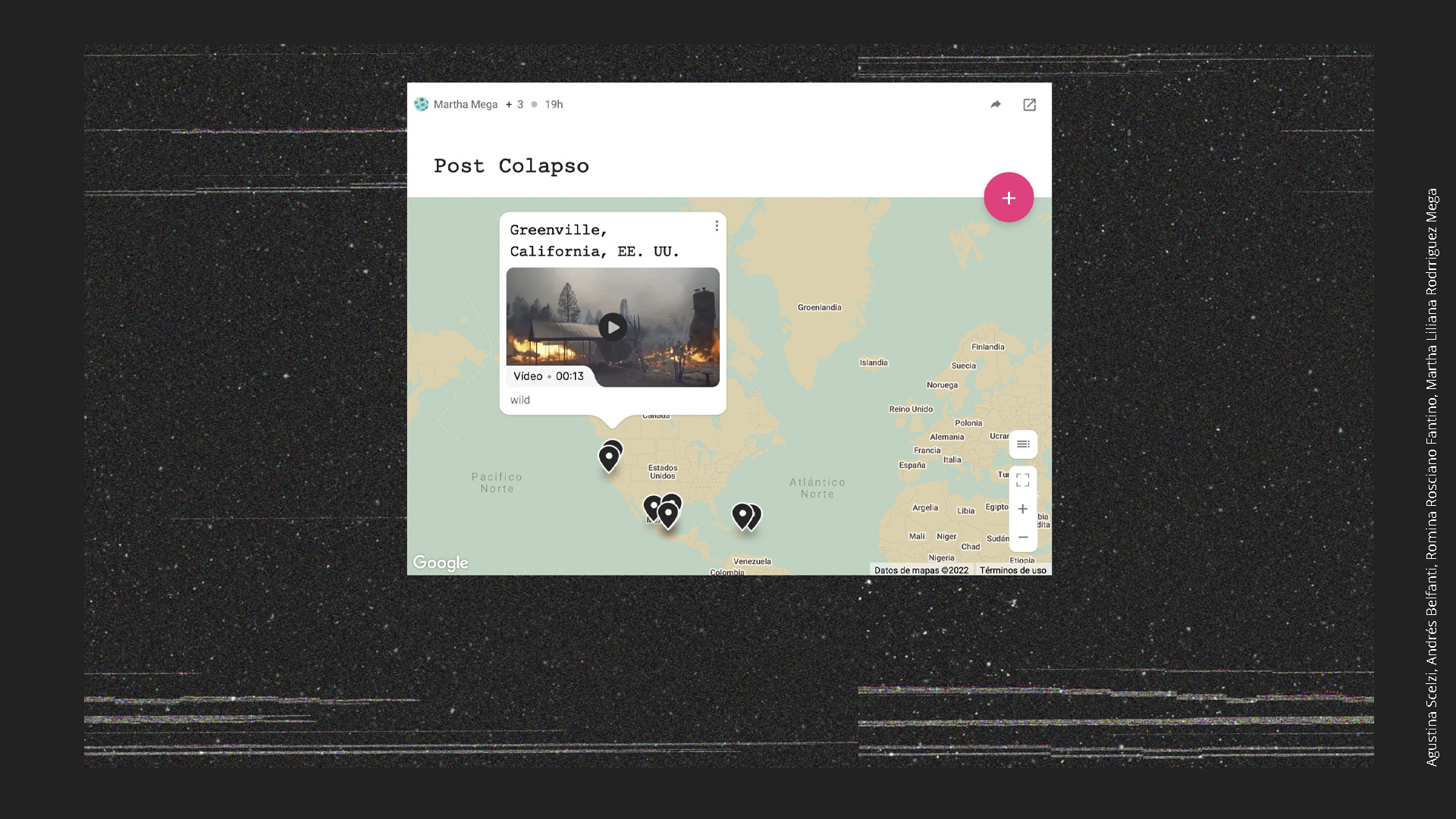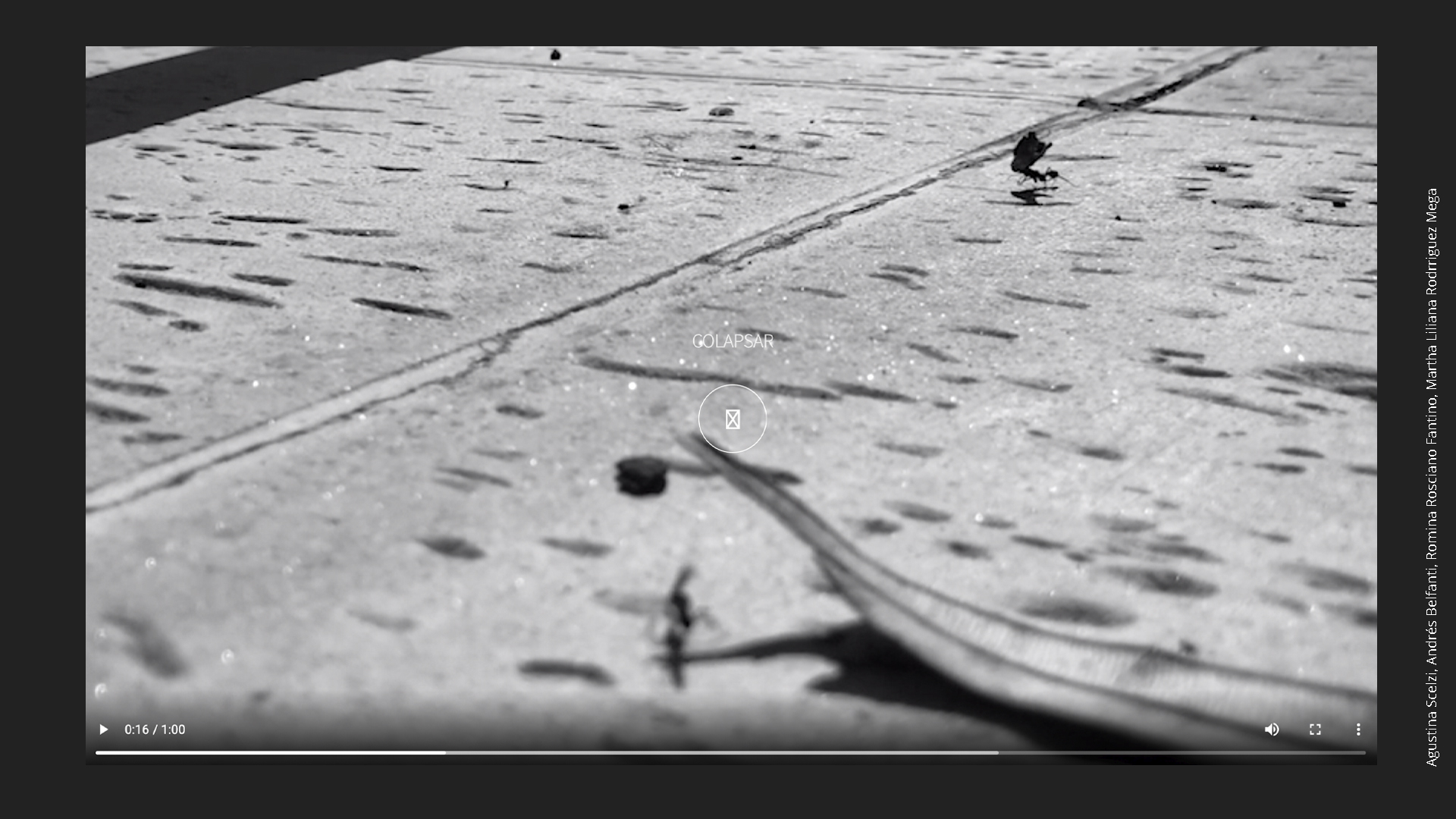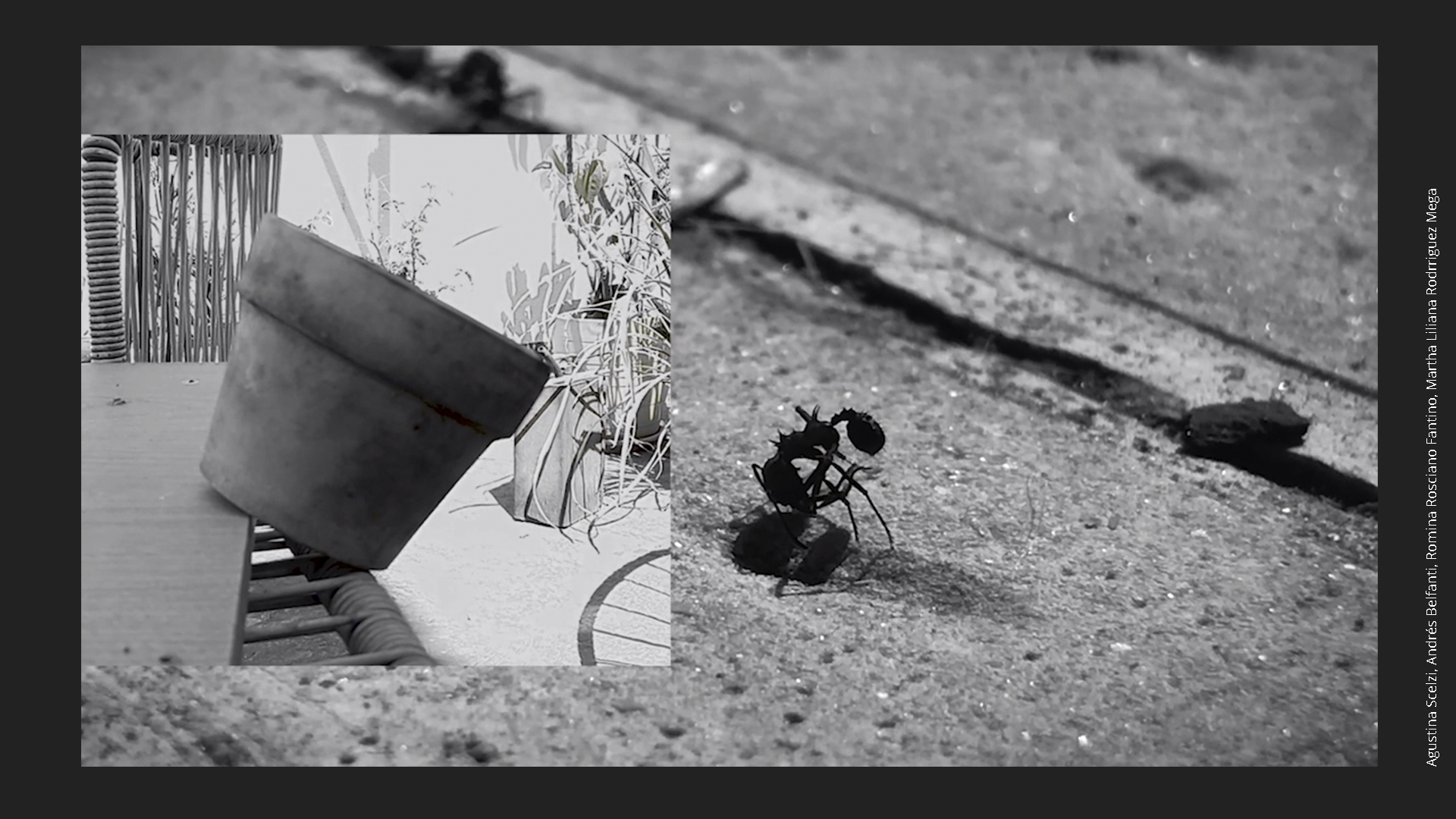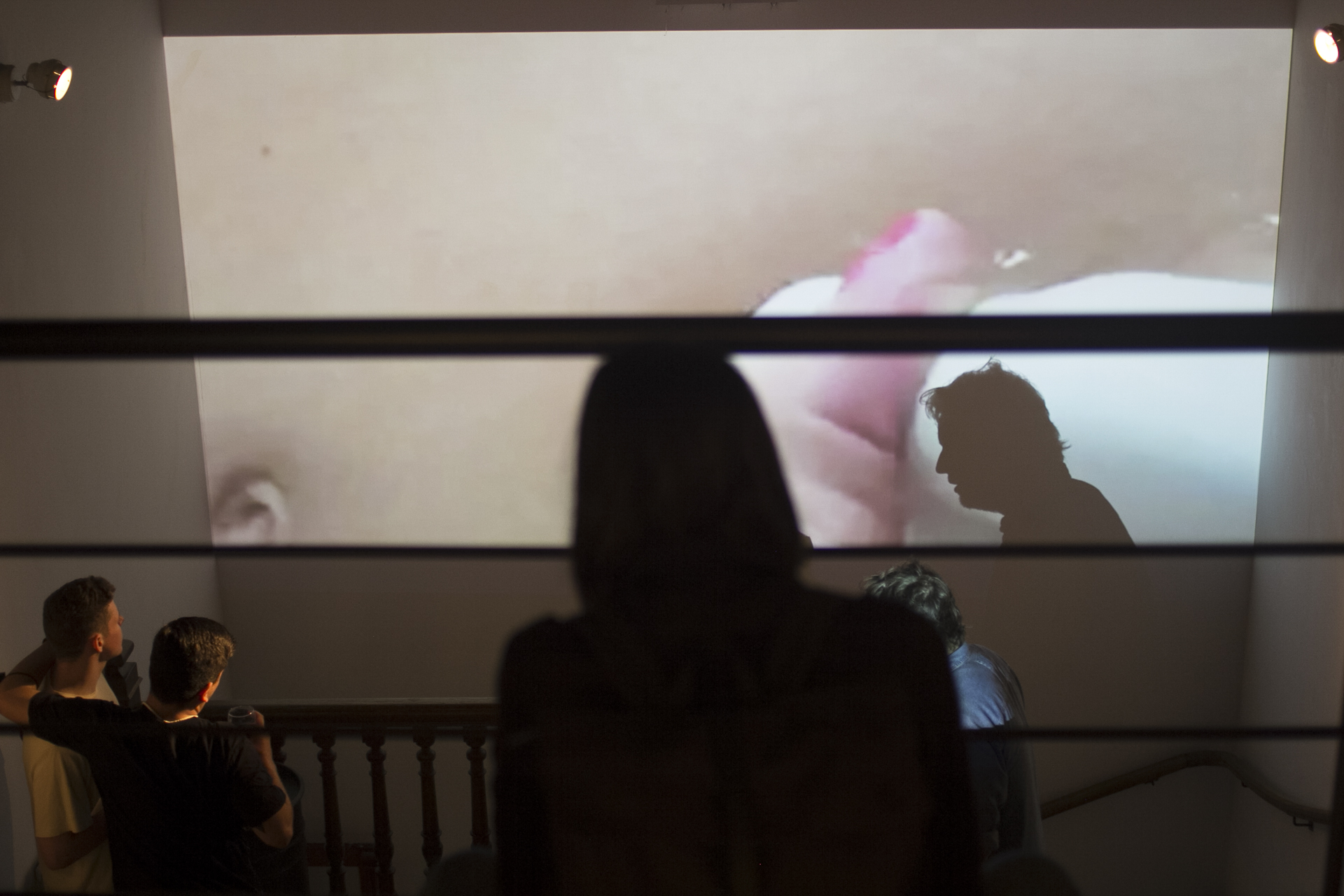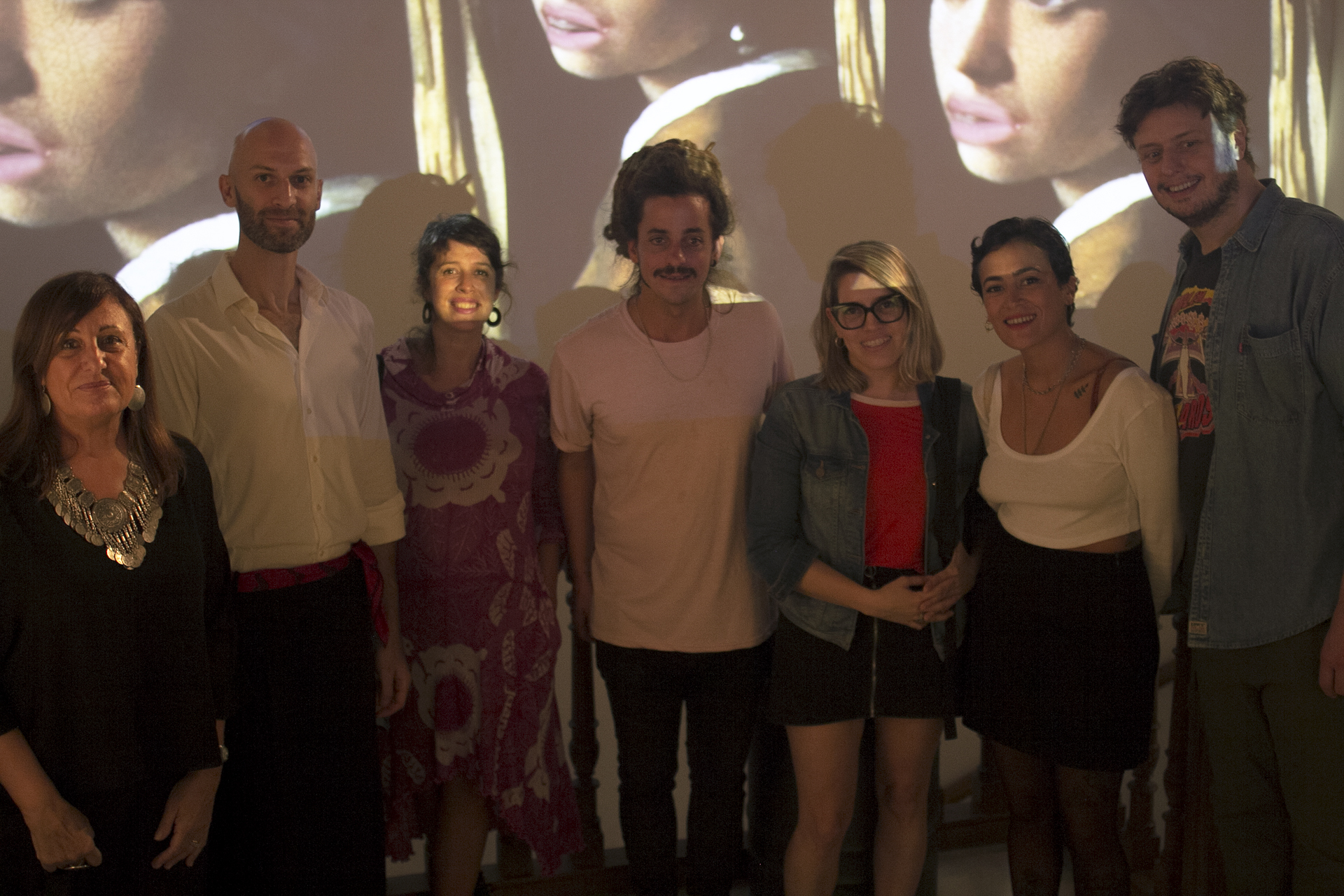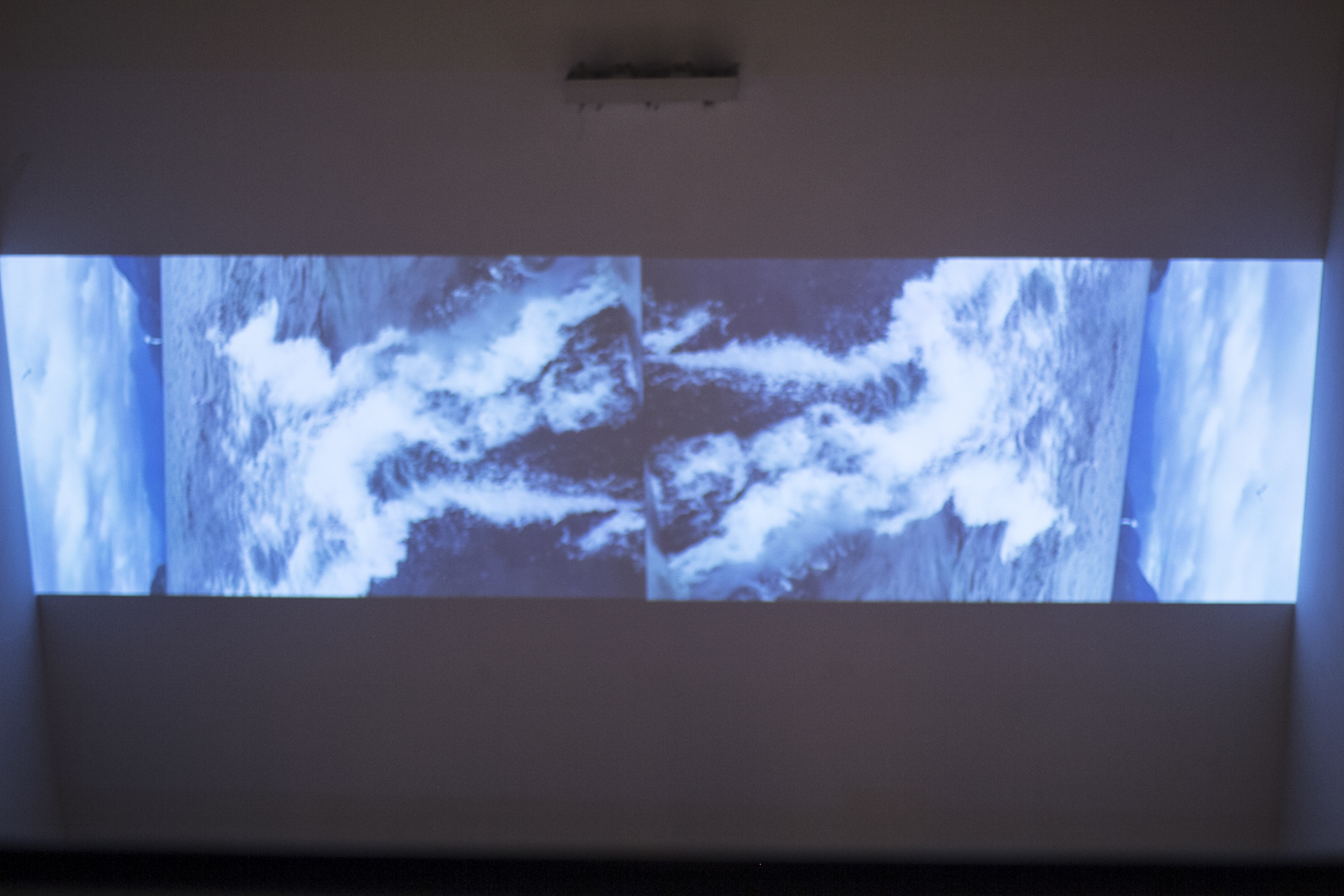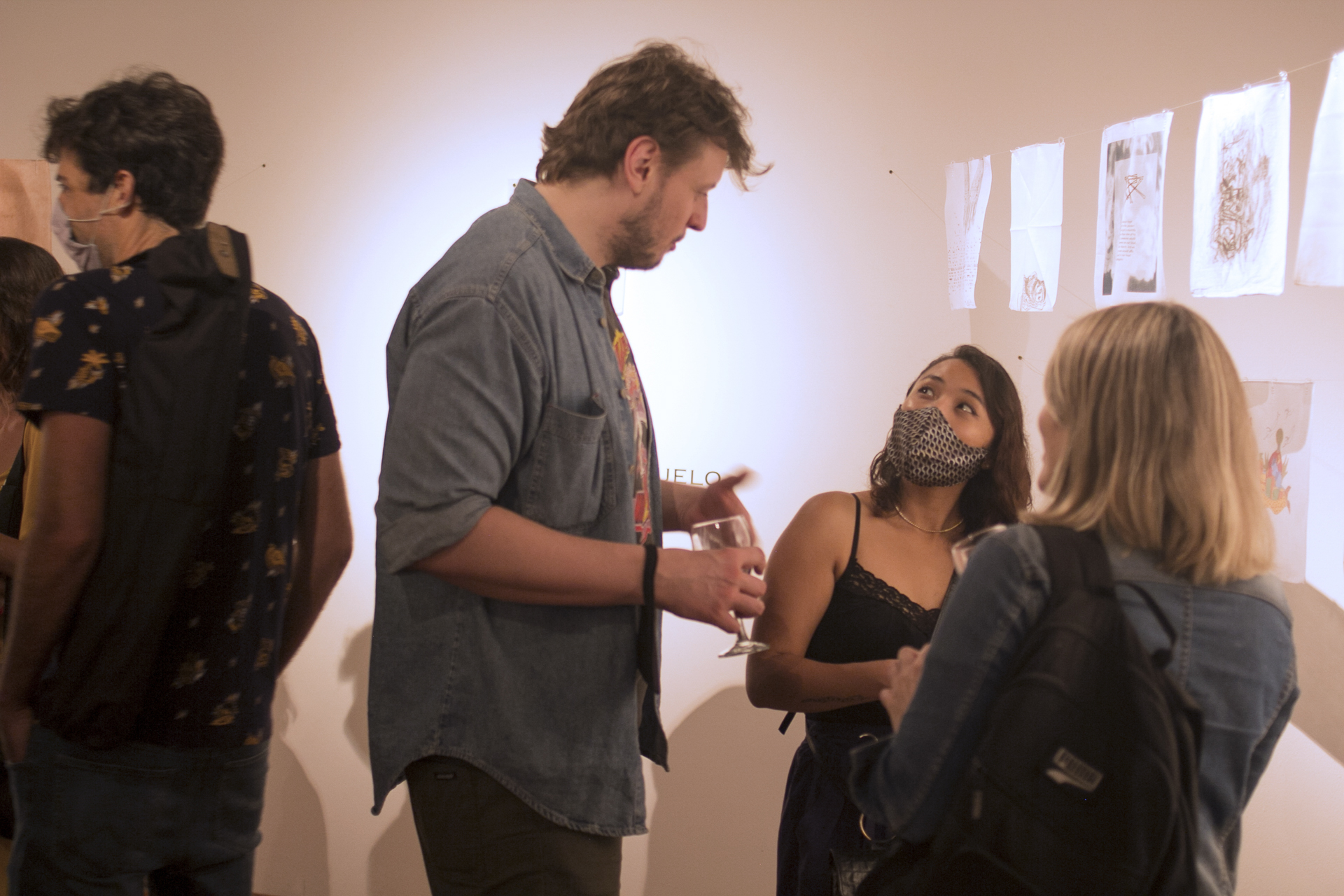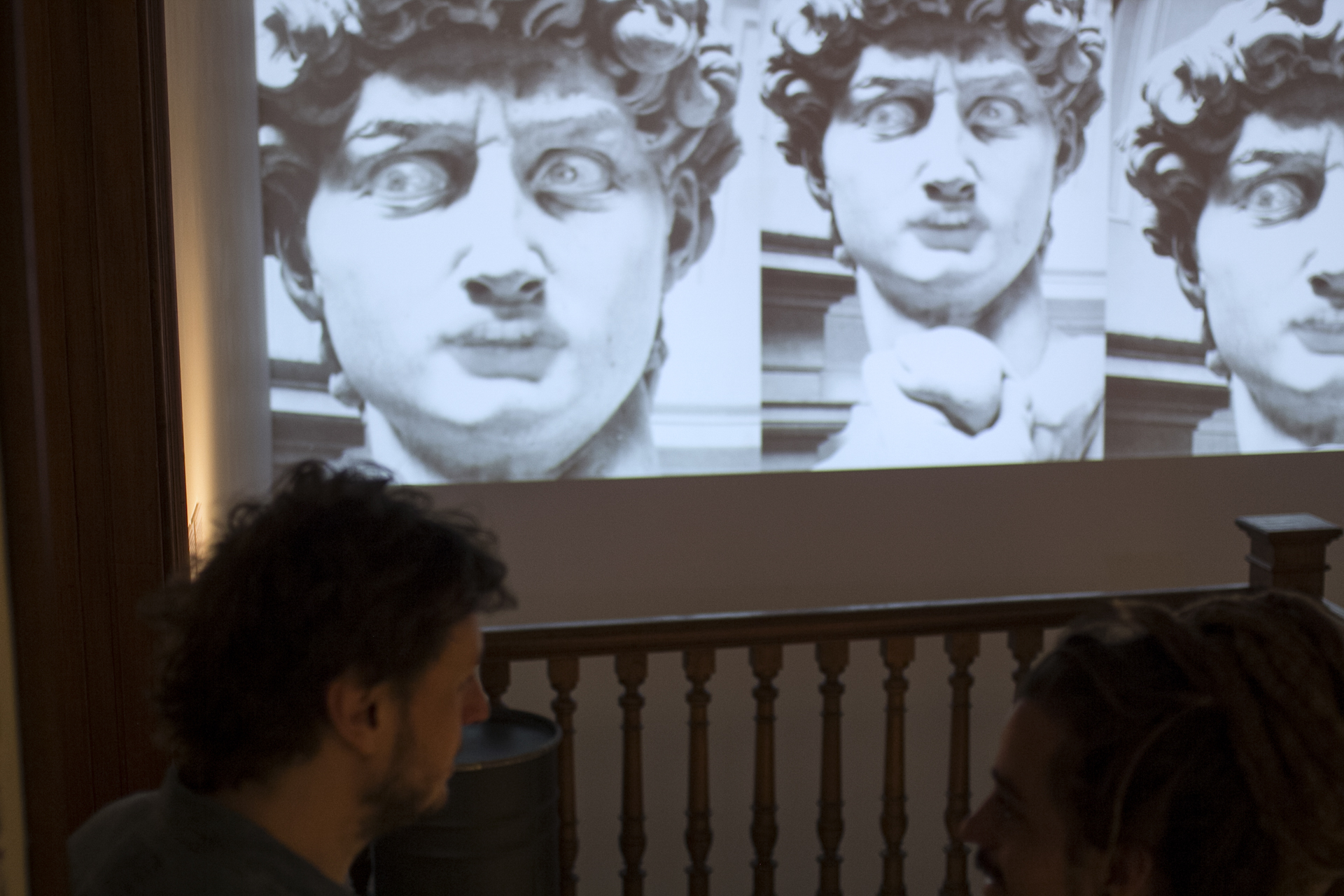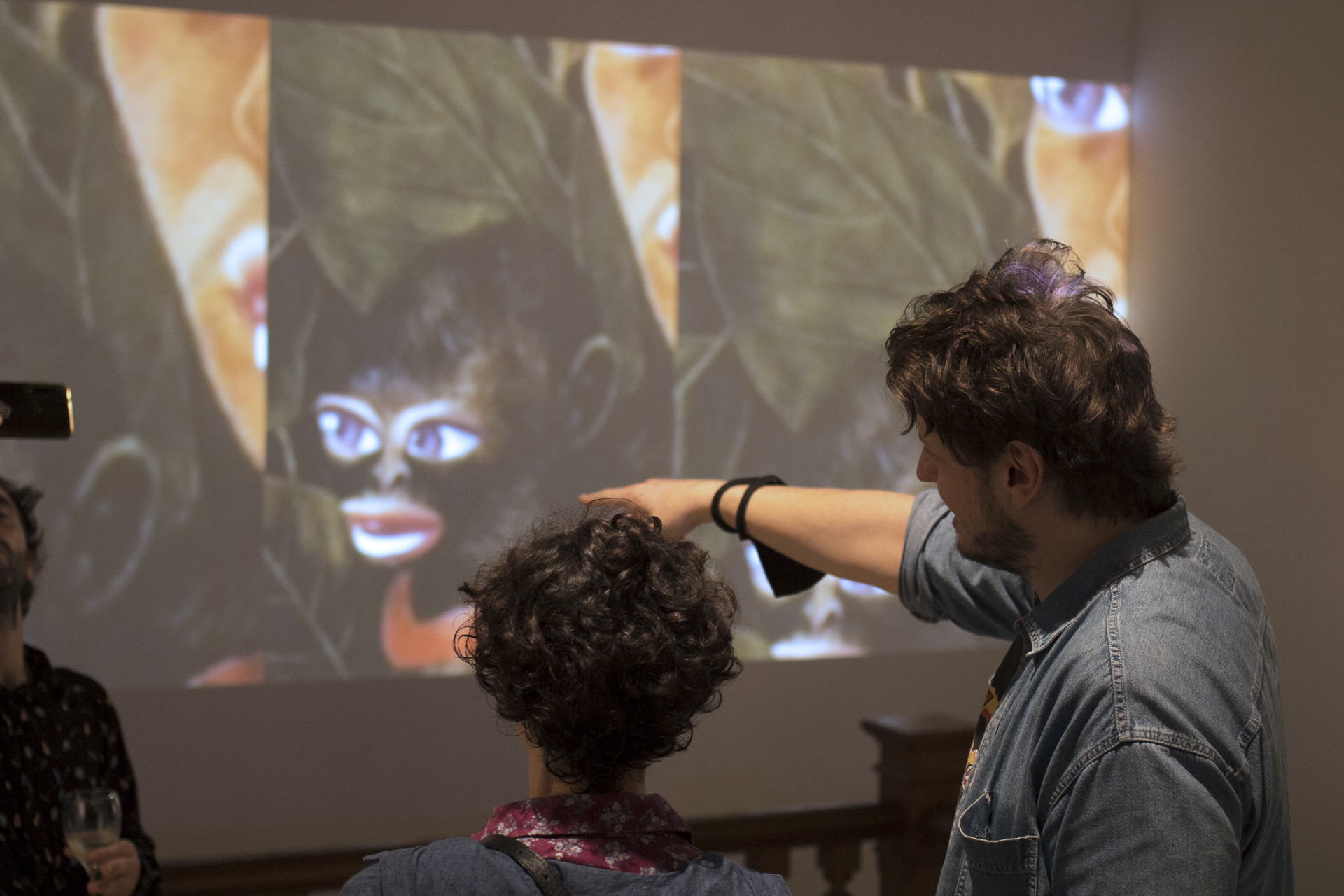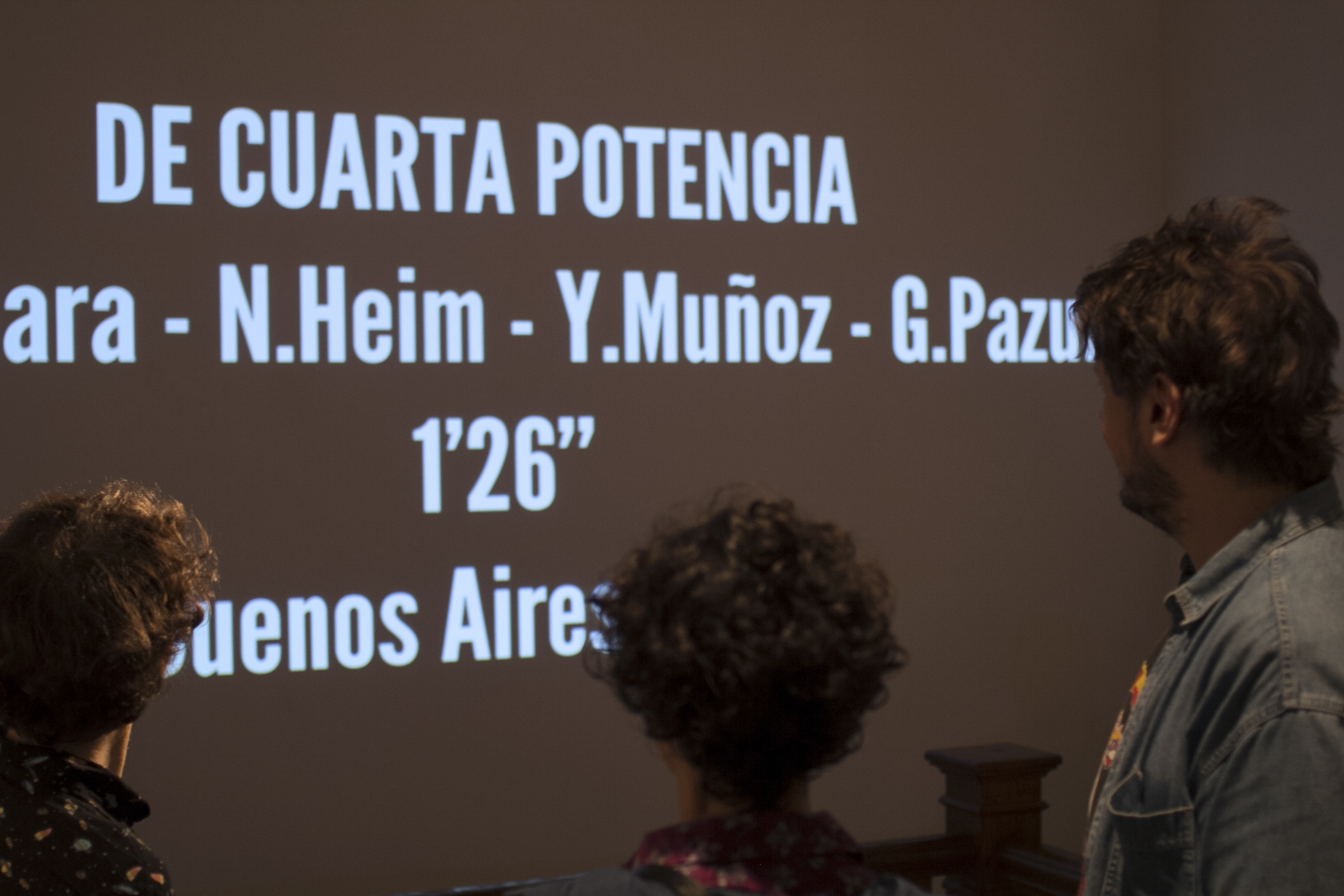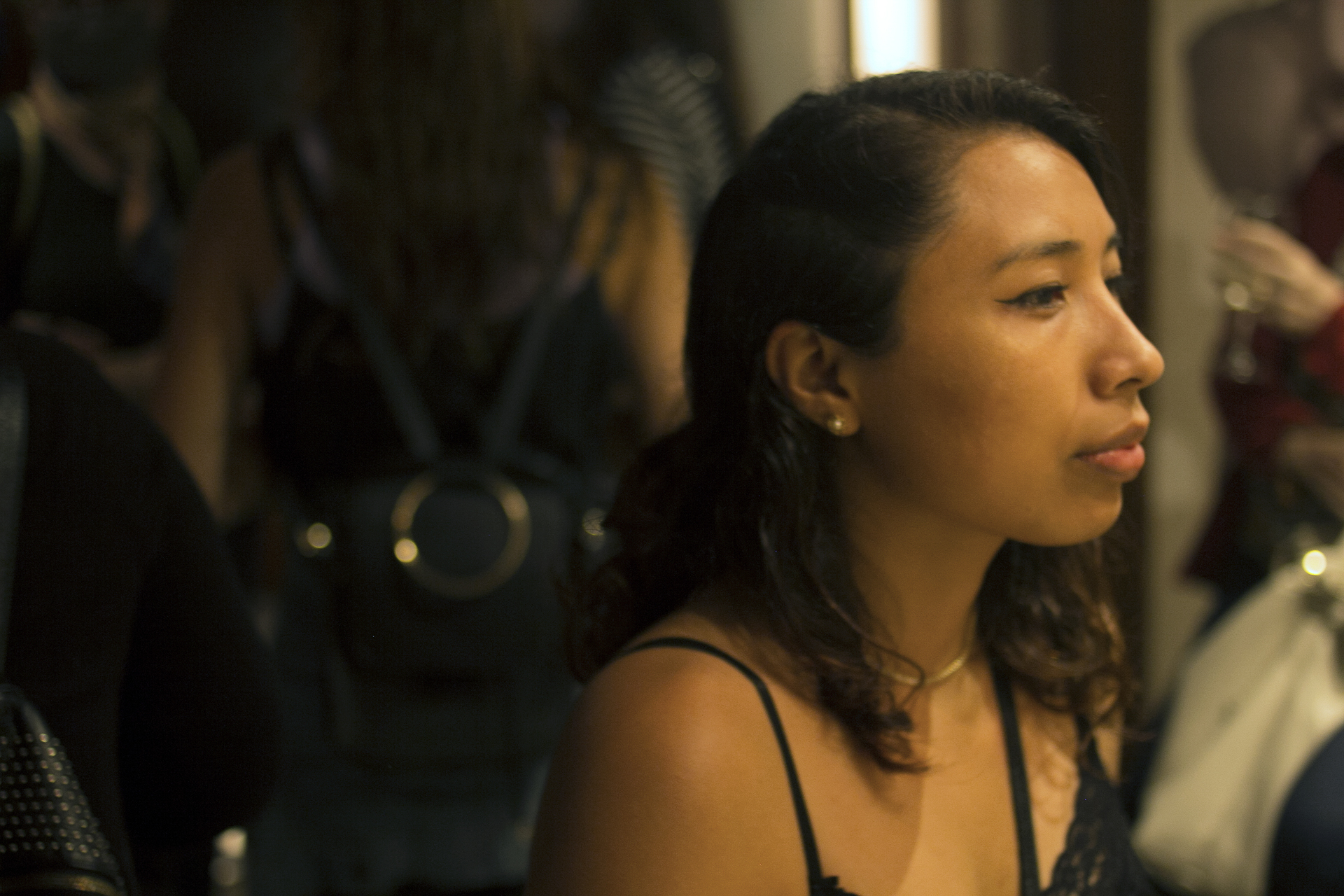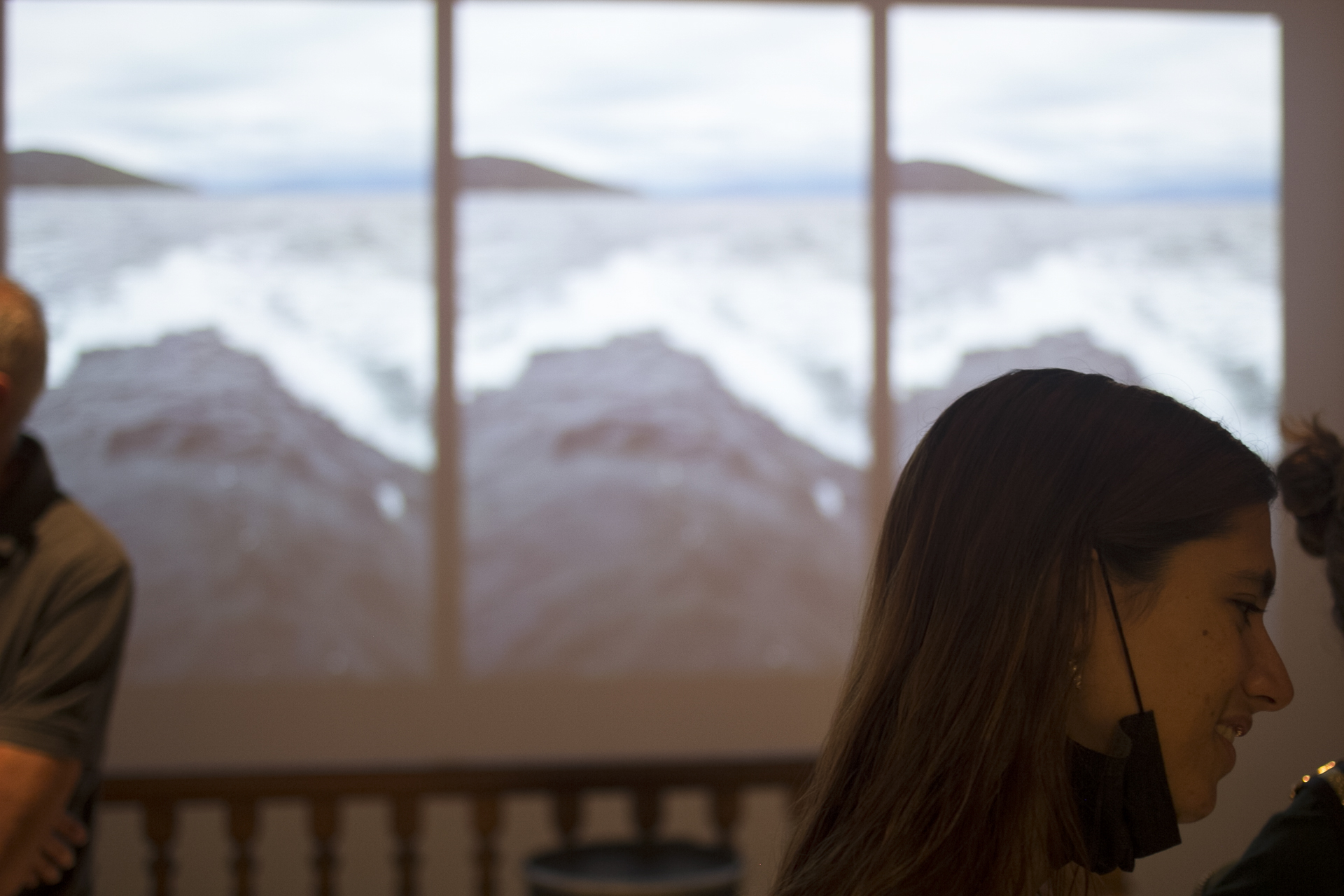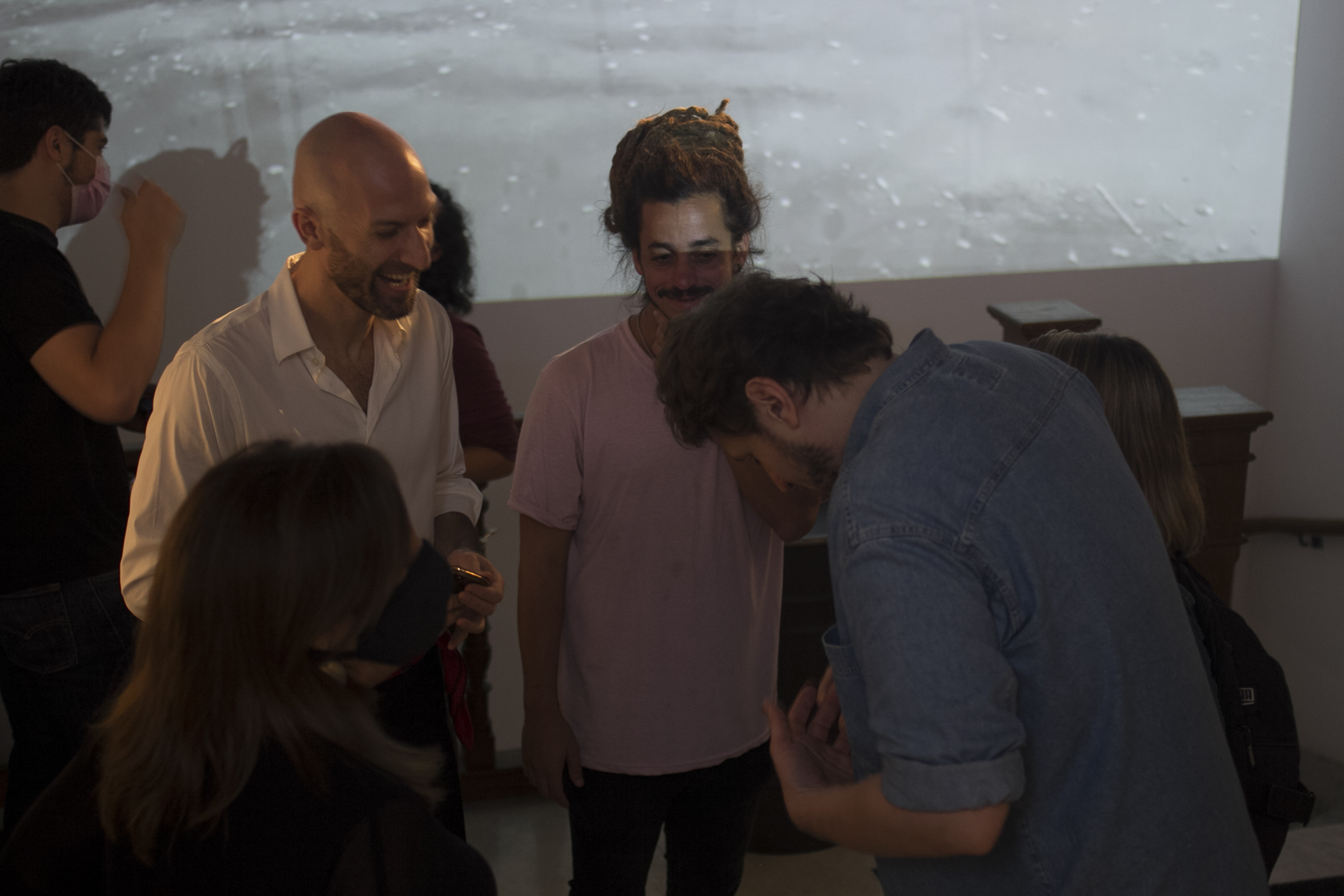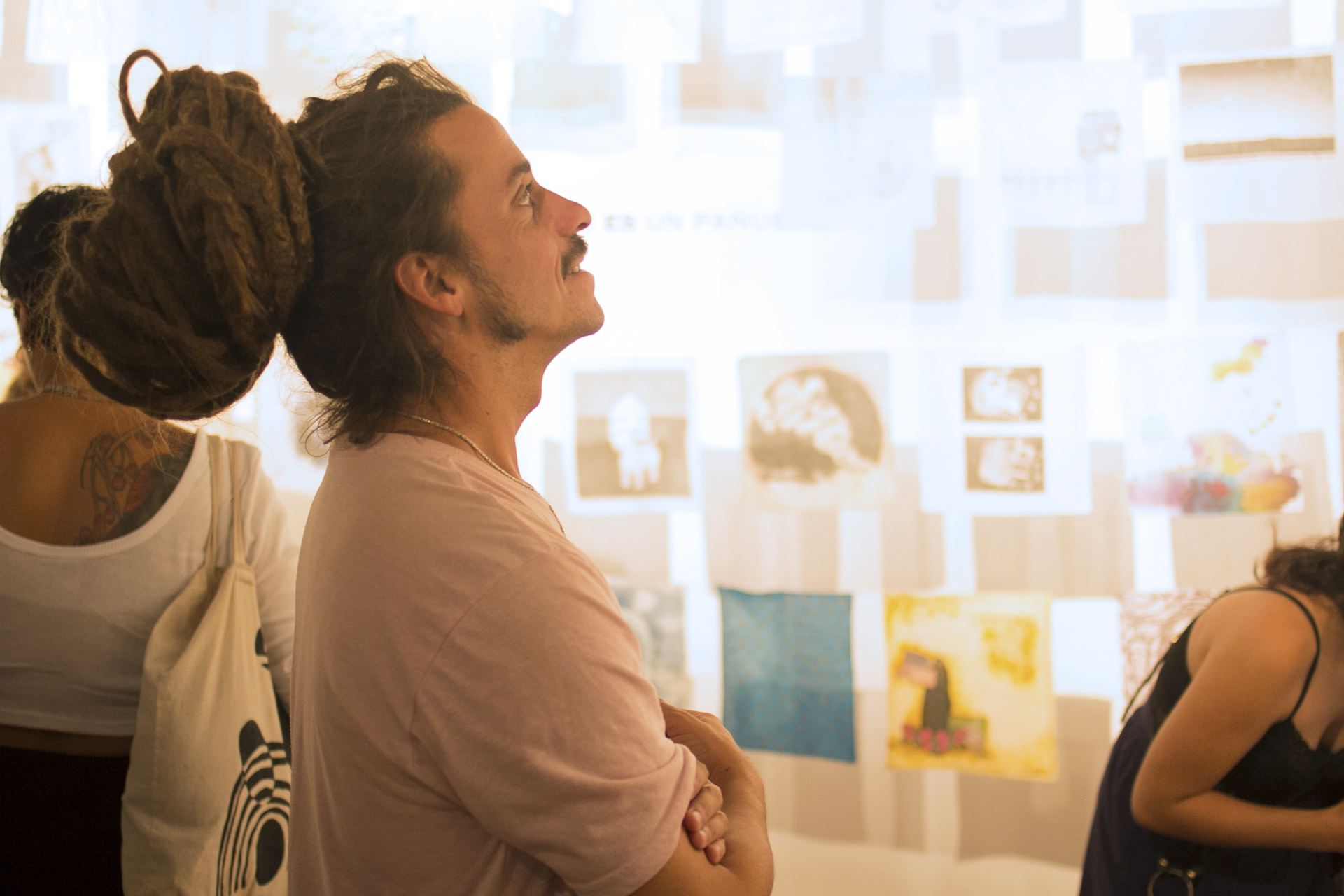Artists
Argentina
Agustina Scelzi
#7: Cohabitar Fronteras
03.02.22 03.03.22
Visual artist and musician. Her work combines painting, engraving, photography, video art, performance. She focuses on the affective and political aspects of art, on the emancipation of bodies from conventional standards, on the study of the Latin American as a cornerstone in the decentralization of contemporary art. She has been studying since 2017 at the University of the Argentine Social Museum the Bachelor in Visual Arts. In 2020 Agustina was selected to be part of “Lanzallamas”, a program for artists, where she attended workshops with artists such as Diego Bianchi, Natacha Voliakovsky, Agostina Luz López, Inés Efrón, Fabiana Barreda and Leticia Mazur. Agustina teaches visual arts workshops for a group of people diagnosed with paranoid schizophrenia at the “Santa Ana” Center in Colón, Entre Ríos. Apart from that she gives an Exploration Laboratory in drawing and painting at a Cultural Center called “Espacio Amma”, also in the same city.
ARTIST´S STATEMENT
My Art as a need for expression and metamorphosis between what happens outside and also how that blends in with me. I am very interested in processes, mergers, the crossroads of languages, both of matter and of people and times.
The mixture of languages, their interaction and interrelation. I seek to investigate and create about the sensitive and the affective; think from the reflection-expression axis; and for this I use video art, painting, digital image, objects and music. I consider fascinating what can appear in those possible mixtures. I am a very curious person and this has led me to learn most of the digital tools in a self-taught way, which is why I strongly support solitary learning, although I believe that in the exchange with others is where the greatest power lies.
ABOUT COHABITAR FRONTERAS
The exchanges that took place in Cohabitar fronteras were very powerful for me, both in the conversations of the Cohort, and in the relationships that were generated outside, either from exercises or the reflections that were elicited and made possible the talk with others. These spaces are very important for their contribution to the fabric of new networks and new cartographies, which I believe are essential to feed the vitality and strength of art, and pave new paths through which to convey it.
BIO
Agustina Scelzi
1992 | Ciudad de Buenos Aires, Argentina.
Lives and works in Colón, Entre Ríos, Argentina
STUDIES
2021 | Bachelor in Fine Arts, Universidad del Museo Social Argentino. Argentina.
RESIDENCIES
2021 | ¨Lanzallamas ¨ Residence Buenos Aires, Argentina.
OTHERS
2021 | Selection work in “Postcolonial Feminism Days” – “Para Todes Tode”, Buenos Aires, Argentina
Related Activities
Fellowships, Together Apart
#7 | COHABITING BORDERS: results
Artists in dialogue
23.03.22
From cohabiting to collapsing, and vice versa, those were the movements and actions that we proposed from ‘ace for the seventh edition of Together Apart. We chose the title Cohabiting Borders with the intention of exploring the complexities that occur in the exchange of living together, and because we understand the meeting format of this program as an exercise in itself of cohabitation of a frontier: the border between our online and offline existence.
For this collective research, we also defined three axes that helped us review some possible strategies for cohabiting borders, these were: pointing frontiers, deprogramming frontiers, and metabolizing frontiers.
In this way, we were also able to observe different types of borders that contemporary artistic practices explore, from geopolitical, climatic, and technological borders, as well as the borders between forms of knowledge and methods of linking with the world.
The participating artists designed collaborative dynamics based on their areas and disciplines of knowledge but above all, opening themselves to the encounter with the experience of the other(s). In this way, great relevance was given to the exchange and the works generated from the reflection on the possible points of articulation between artists from very varied contexts.
In tune with the online environment of the program, many artists used that condition of “being connected” as an object and means of research, development and presentation of their works. They used streaming platforms such as Twitch and social media visual resources (Instagram filters) or video games. Also, several of Google's tools were used. In some cases these were useful to observe photographic records of artificially generated borders between countries (Google Street View) and in others, the artists resorted to them to point out the limiting or creative interactions that are possible between human knowledge and artificial intelligences. (Google translate). In turn, there were many proposals that involved leaving the online world towards an exploration of the environments where each artist was and the records of it through
photographs, videos and the creation of video-essays.
Moved from the beginning by the desire to understand borders as membranes rather than walls, during the month of work, the artists began collaborative creative searches that have led to visual exercises that will be presented at the ´ace Foundation on Wednesday March 23 and that in many cases, they will be ongoing investigations.
Related artists
FACILITATING TEAM
Daniela Ruiz Moreno (curator), Alicia Candiani (Director at ´ace) and Andrés Knob (Executive Coordinator at ´ace).
Assistant: Florencia Alborcen.

